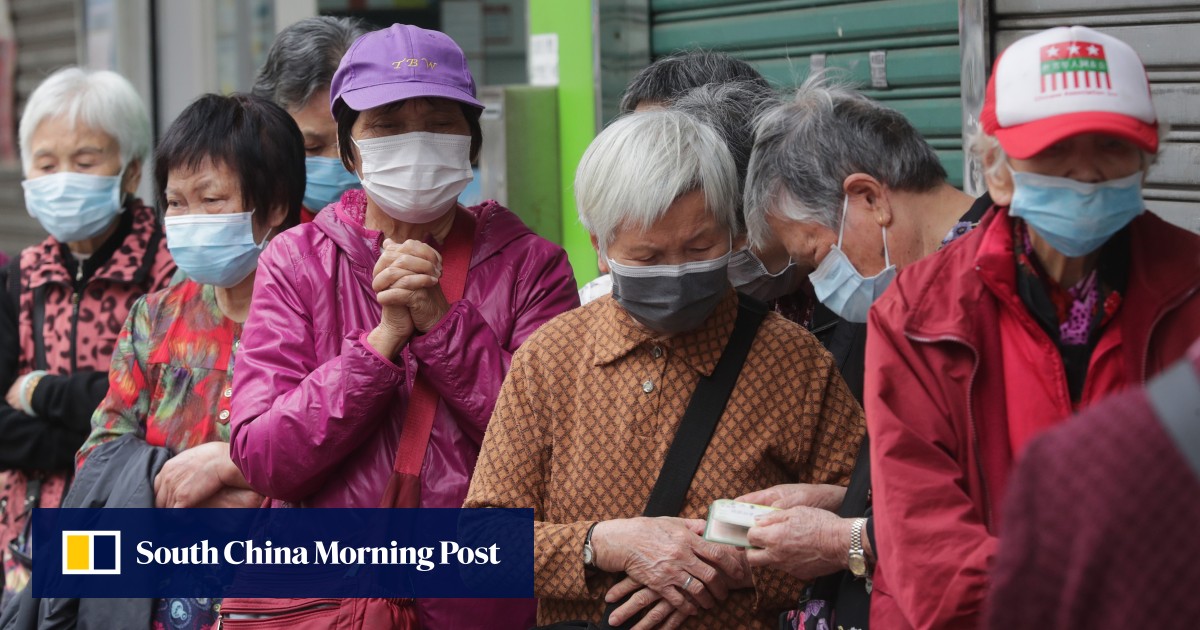- Joined
- 5/2/06
- Messages
- 13,248
- Points
- 273
Just to get everything into one thread for easy tracking.
Looks like University of Washington has canceled all in-person classes and will move to online classes. Exams, finals, etc will take place online.
There is a chance schools in NYC will follow as more cases are confirmed.
Looks like University of Washington has canceled all in-person classes and will move to online classes. Exams, finals, etc will take place online.
There is a chance schools in NYC will follow as more cases are confirmed.

